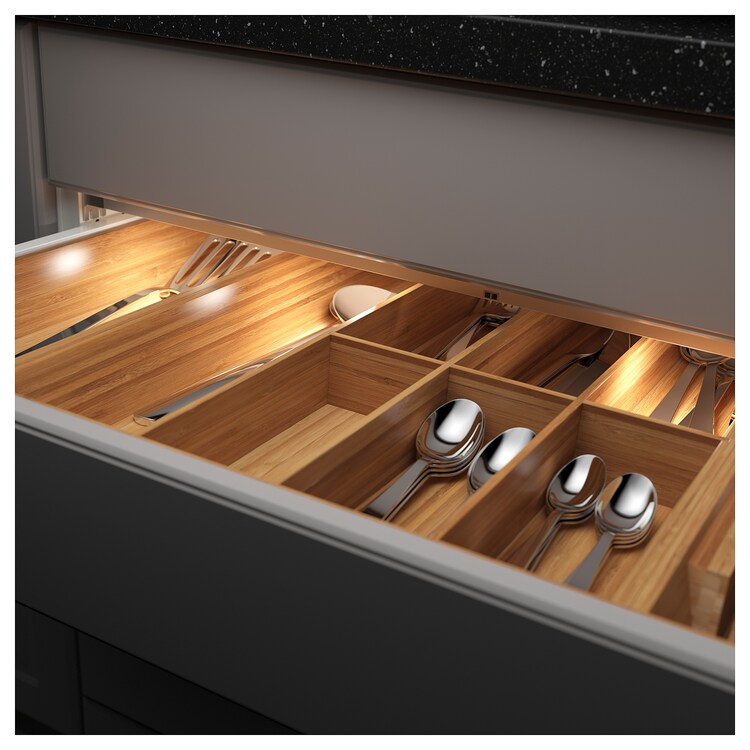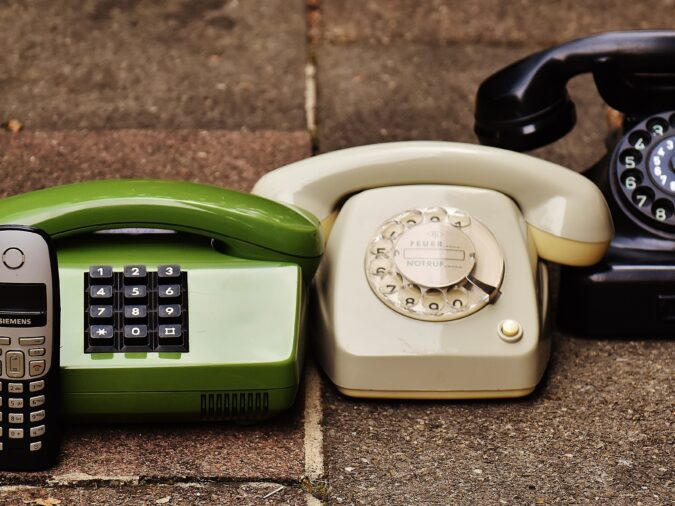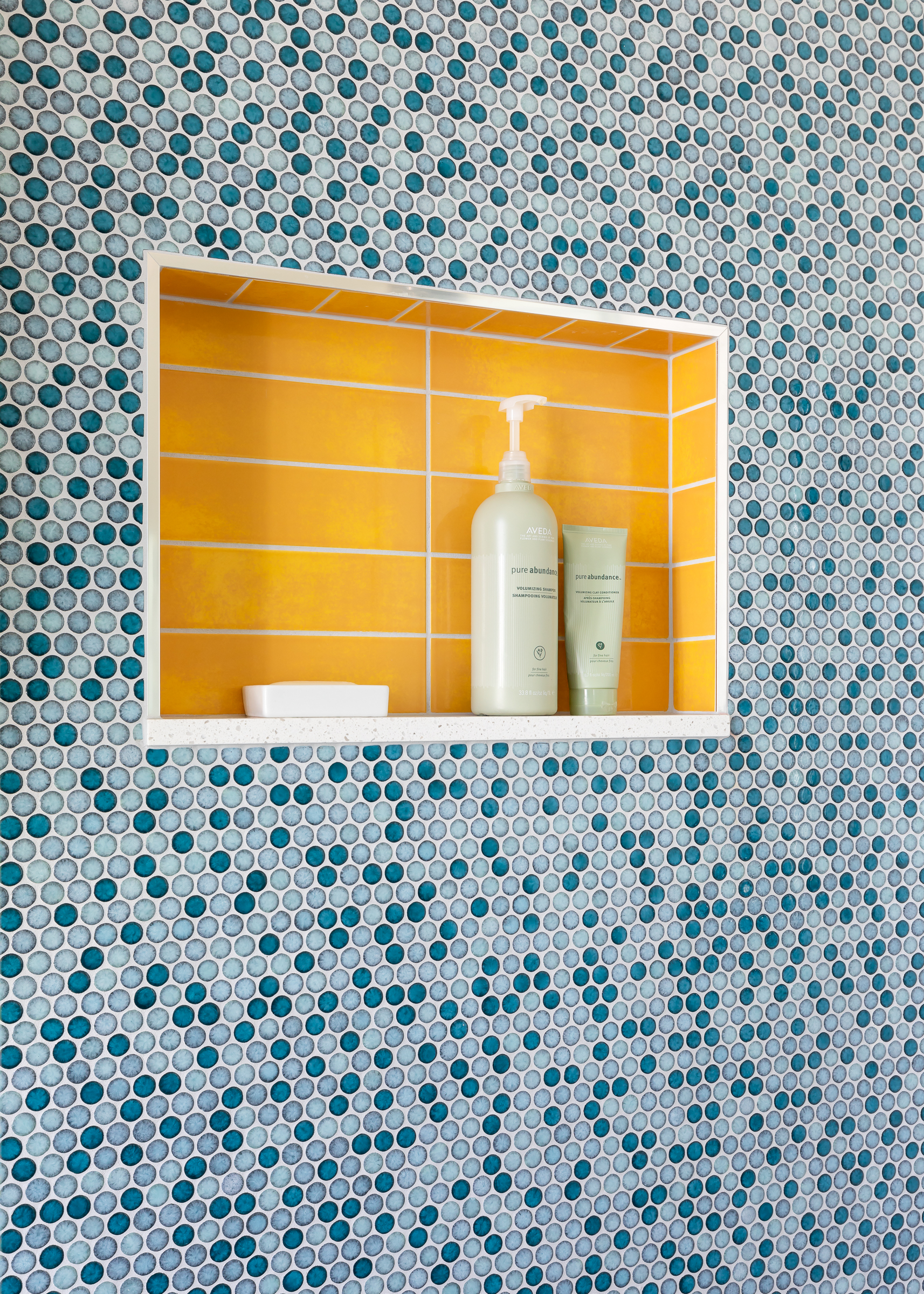Staying Home: Design for Aging in Place
Staying Home: Design for Aging in Place
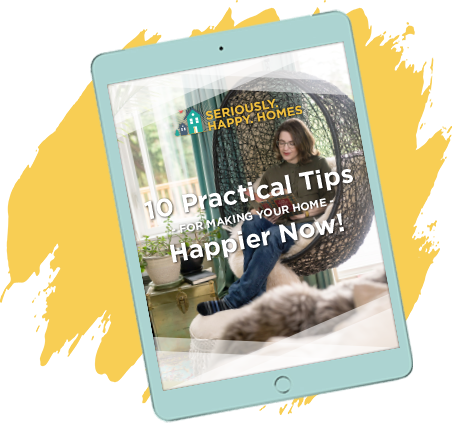
Eager to get happy at home right now?
Get 10 tips for a happier home!
One of the most important elements of planning out a space is remembering that our needs change over time and that’s okay. As we get older, investing in the right updates will not just keep your home fresh, but also make it easier to live in your home longer than you may have originally expected.
If your goal is to maintain your independence through (and long past) retirement, you’ll need to make sure your space works *with* you, instead of against you. Below I’ve mapped out the five things you and your loved ones can consider on your journey to carefree living.
1. Choose the Right Colors: contrast is your friend!
2. Flooring is Key: keep it soft and simple!
3. Lighting, Lighting, Lighting!
4. Aid Your Balance
5. Technology is Your Friend!
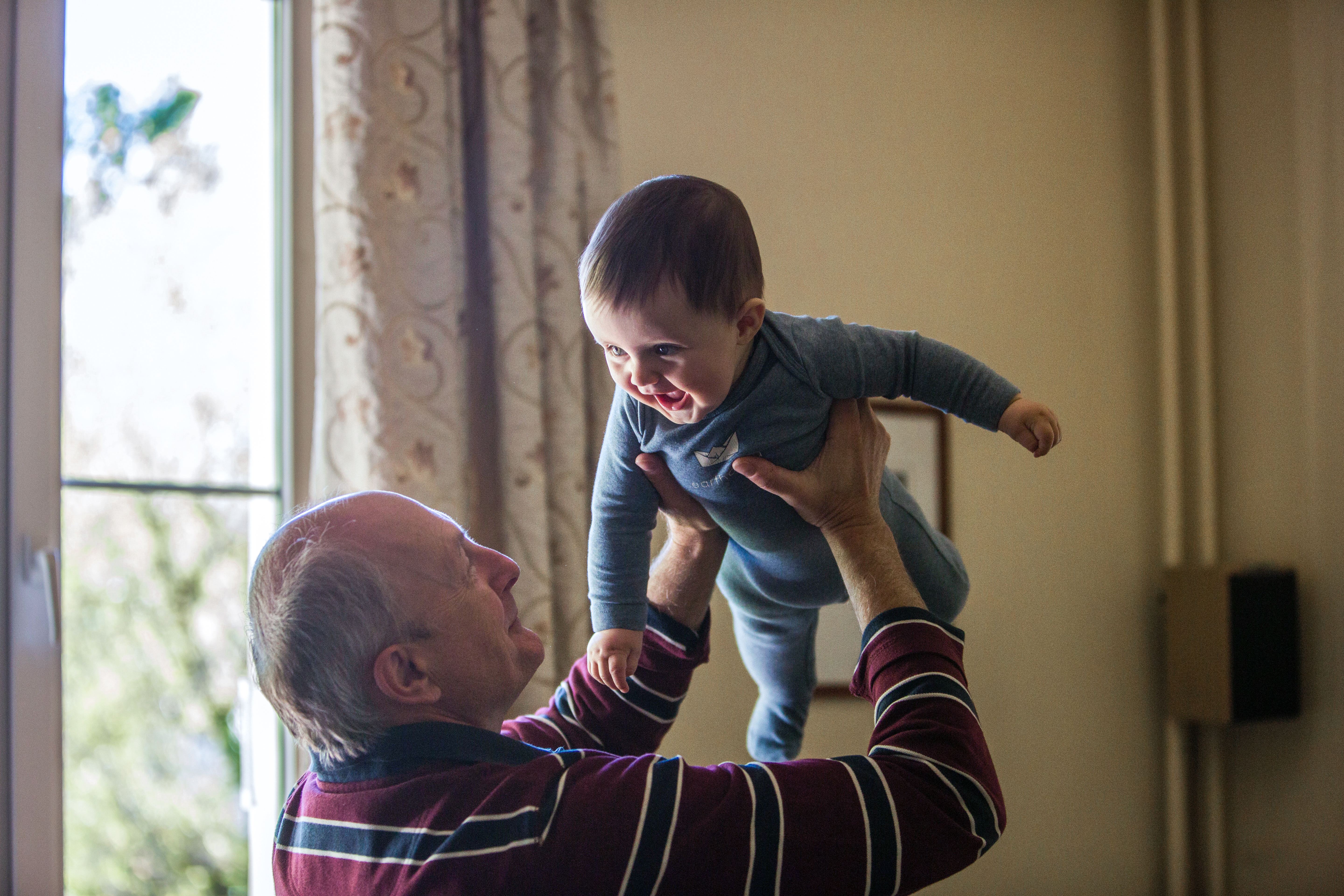
#1: Choose the Right Colors
The colors of the hard surfaces in our space can make it possible (or impossible) to comfortably distinguish the changing of one surface to the next. This is especially true in kitchens where, if you don’t have a color distinction between your counters, cabinets, and floors, you may mistakenly drop a plate on the floor when you thought you were placing it on a counter! Oh no!
Likewise, if the color of your stairs is the same as the color of your main flooring it can be easy to miss that step and take a tumble. When choosing colors and textures throughout your home, make sure you create enough contrast between key surfaces so you can easily identify the edge of the counter, the jamb of a door, or the edge of a step up or down!
Trying to figure out if your home has enough contrast? Turn the lights down low and put on a pair of sunglasses – can you still navigate your home with ease?
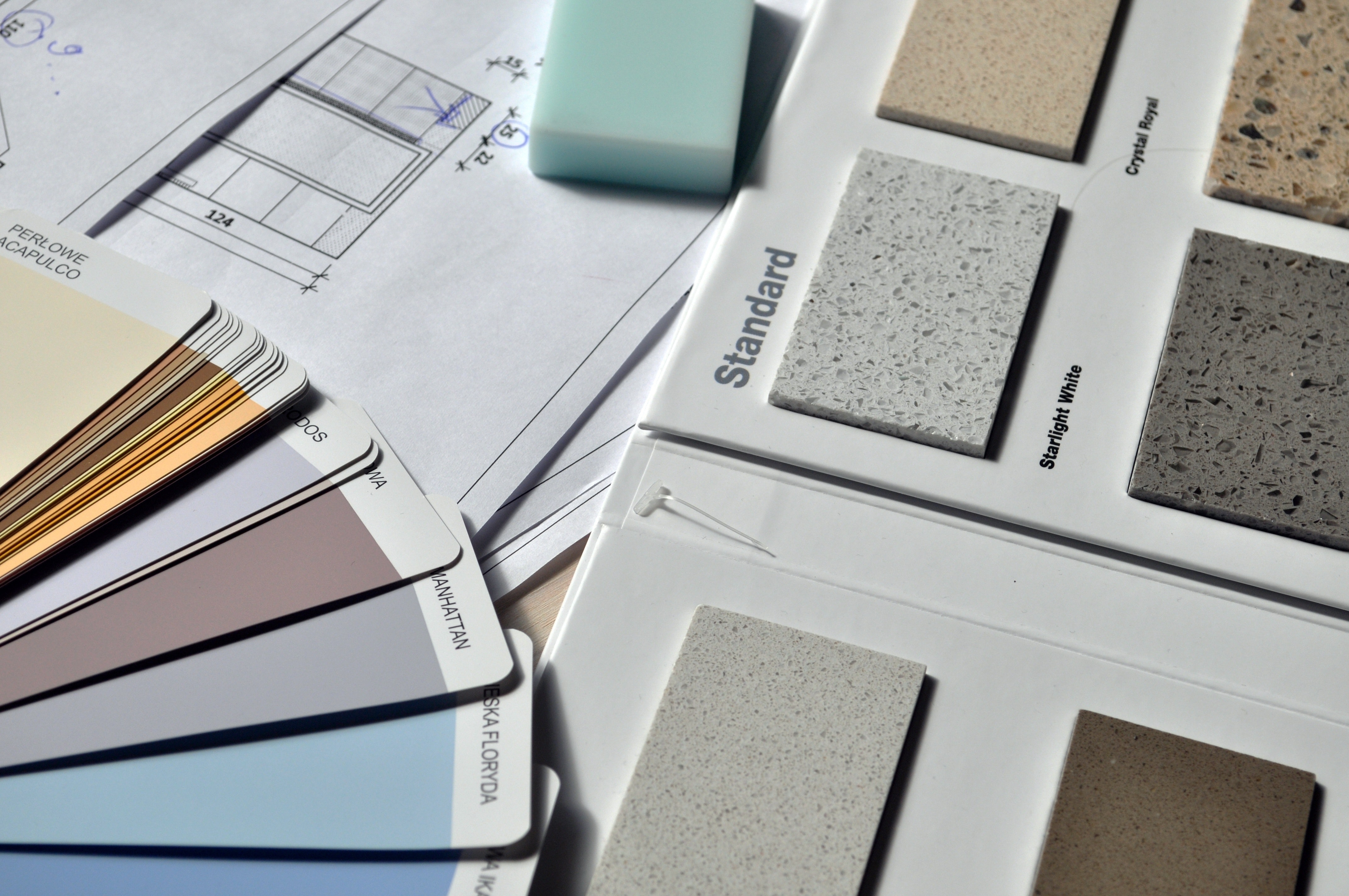
An easy update you can do right now: Grab a can of paint! Enlist friends and family to help you paint your walls or the risers of your stairs to contrast your flooring. High contrast can help aging eyes distinguish between different home surfaces. Just make sure you choose a low-sheen paint (like matte or eggshell) so you don’t create shiny surfaces that cause uncomfortable glare!
Flooring is Key: keep it soft and simple
Loss of coordination and flexibility means balance gets trickier as we get older, so make sure you have as few trip-hazards around your home as possible. If you’re considering re-doing your floors, try to keep them consistent throughout your home. This helps avoid dangerous transition pieces (raised strips that mark flooring changes) which are tougher to navigate as we get older and start to shuffle more or transition to a wheelchair. A single, barrier-free flooring material throughout your space not only means fewer transitions to navigate, it also makes your space feel larger and more cohesive.
When choosing your flooring, avoid really shiny materials. Wood or tile that is super shiny can create a glare when the lights shine on it, making it harder for older eyes to navigate comfortably. If you can, opt for a softer material like cork, rubber, linoleum, or carpeting, and you’ll find it’s not only easier on your joints, but also a bit softer if you do take a tumble!
Wherever you have steps up or down, try to mark that transition with a change in flooring color, like going from a medium brown wood floor to an ivory low pile carpet on the stairs. Using contrast will help mark those transitions and make them easier to notice and navigate. Carpet on stairs also helps make one of the most dangerous parts of a home (steps) a bit less dangerous by making them less slippery.
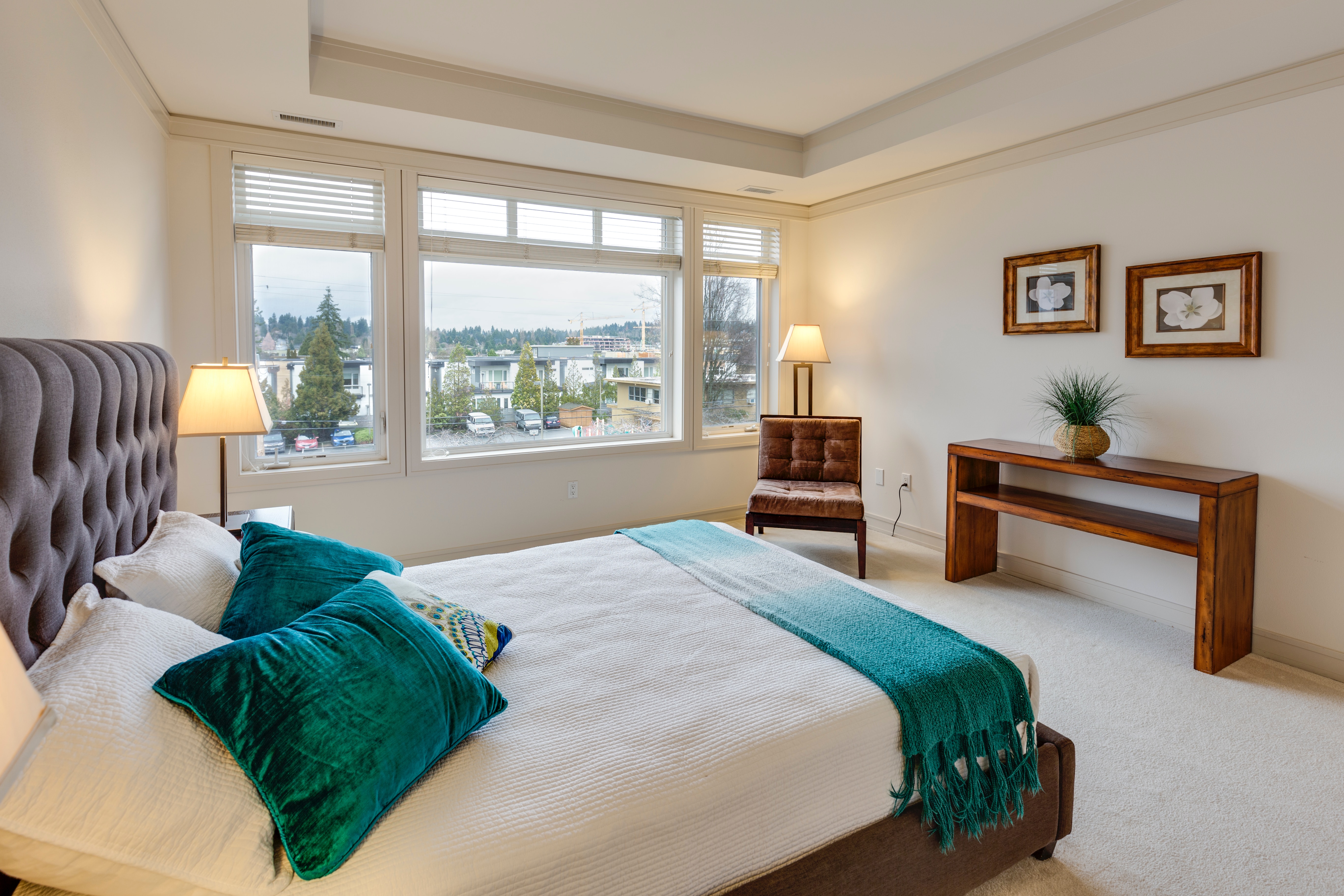
An easy update you can do right now: Clear the clutter! Downsizing isn’t just great for making a space feel larger and lighter. Getting rid of extra furniture that you never use also helps create larger, obstacle-free (and therefore safer) passages throughout your home!
Lighting, Lighting, Lighting!
Climbing a ladder to change a light bulb can be risky at any age, so switch over to LEDs instead! They have a longer lifetime (which means having to change bulbs less often) and come in different temperatures to suit your eye.
You might also want to invest in some specialty lighting. While overhead lighting does a good job at lighting a whole room, it can also create a lot of glare and shadows which create trip hazards for seniors with faultier depth perception. Instead, install indirect and task lighting. Lighting the toe kick under your cabinets, adding light inside drawers, cabinets and inside closets, or adding lights along the base trim of your hallways or stairs not only looks cool, but can dramatically improve the safety and usability of your home!! The key is to eliminate any tricky shadows that make it harder or more dangerous to use the house, and multiple layers and sources of light will help achieve that!
An easy update you can do right now: Interested in adding drawer lighting but aren’t changing out your cabinetry? Add something like the OMLOPP LED light strips from Ikea to your existing cabinets!
Aid Your Balance
Aging Fact: Even if you’ve always had great balance, some prescriptions and over-the-counter
medications can cause dizziness, dehydration or interactions with each other that can lead to a fall.
Even if our home is free of trip hazards and obstacles, it’s still possible for gravity to get the best of us (I’ve been known to trip on thin air before!) Make sure you have a sturdy handrail on all your stairs and add bars and rails in spaces where you need a boost. Worried about the look? Handrails don’t have to be unattractive – Wainscoting, chair rails, and shelves that protrude from the wall can be an undercover balance helper; as long as they’re thick enough to grab on to and securely attached to the wall. For your bathroom, consider adding a grab bar near the toilet and in your shower and a shower bench or seat (also great for shaving legs!)
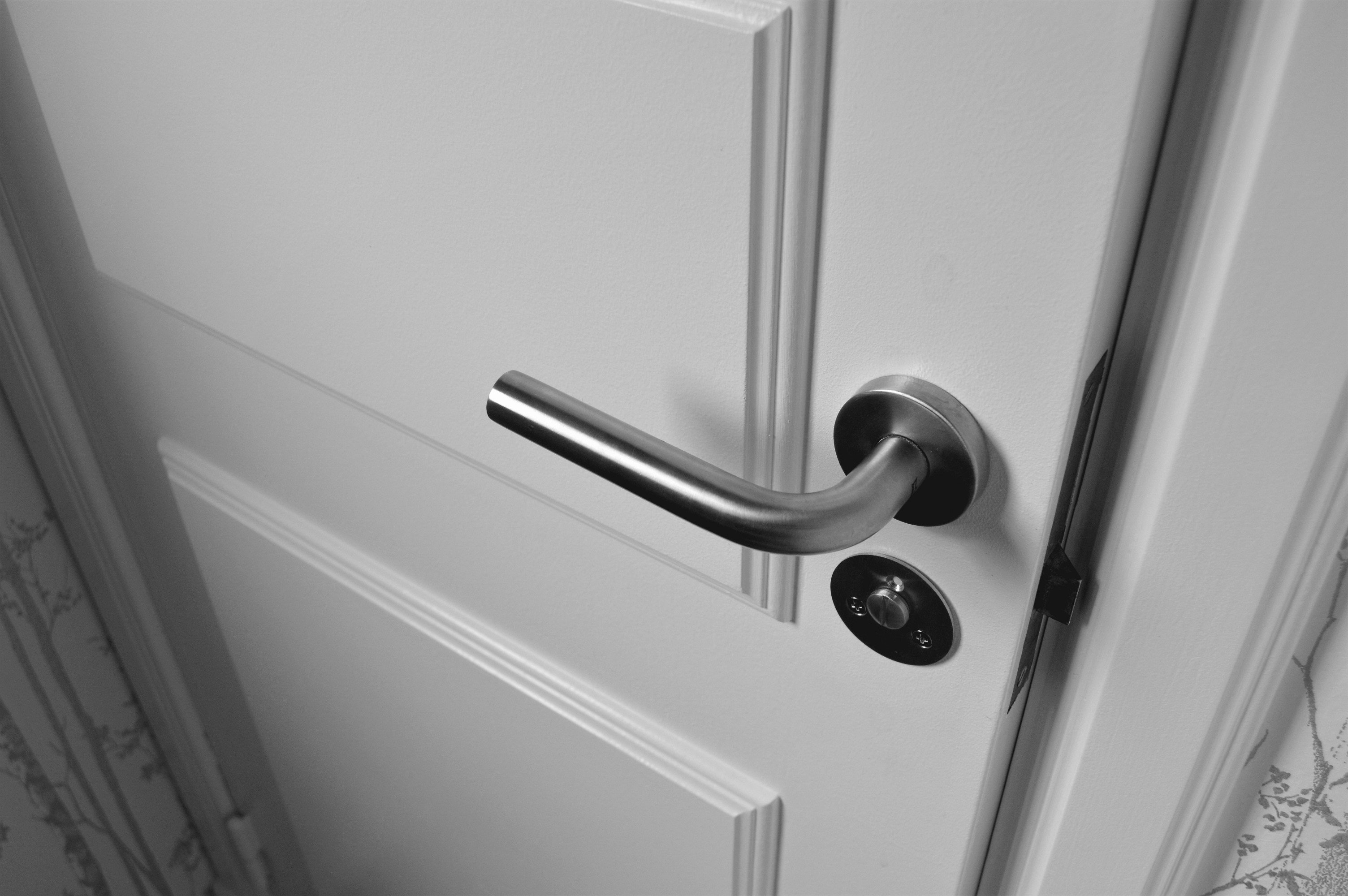
An easy update you can do right now: Change out your doorknobs to lever-style door handles. Grasping a door *knob* is much harder for people who have arthritis or other conditions that limit your hand motion. Lever handles are more of a push/pull than a grasp – much easier on older hands! This idea also applies to your cabinetry or anything similar that requires strength or dexterity! Consider changing out tiny knobs for D-style pulls, just like changing out the tiny toggle light switches for easier to use rocker switches.
Technology is Your Friend
Whether or not you are into the latest tech fads, a few of them might be worth the hassle of learning to use a new app. For example, if you find it challenging to get up to answer the door, a video doorbell linked to your smartphone can let you know who’s at the door from the comfort of your chair.
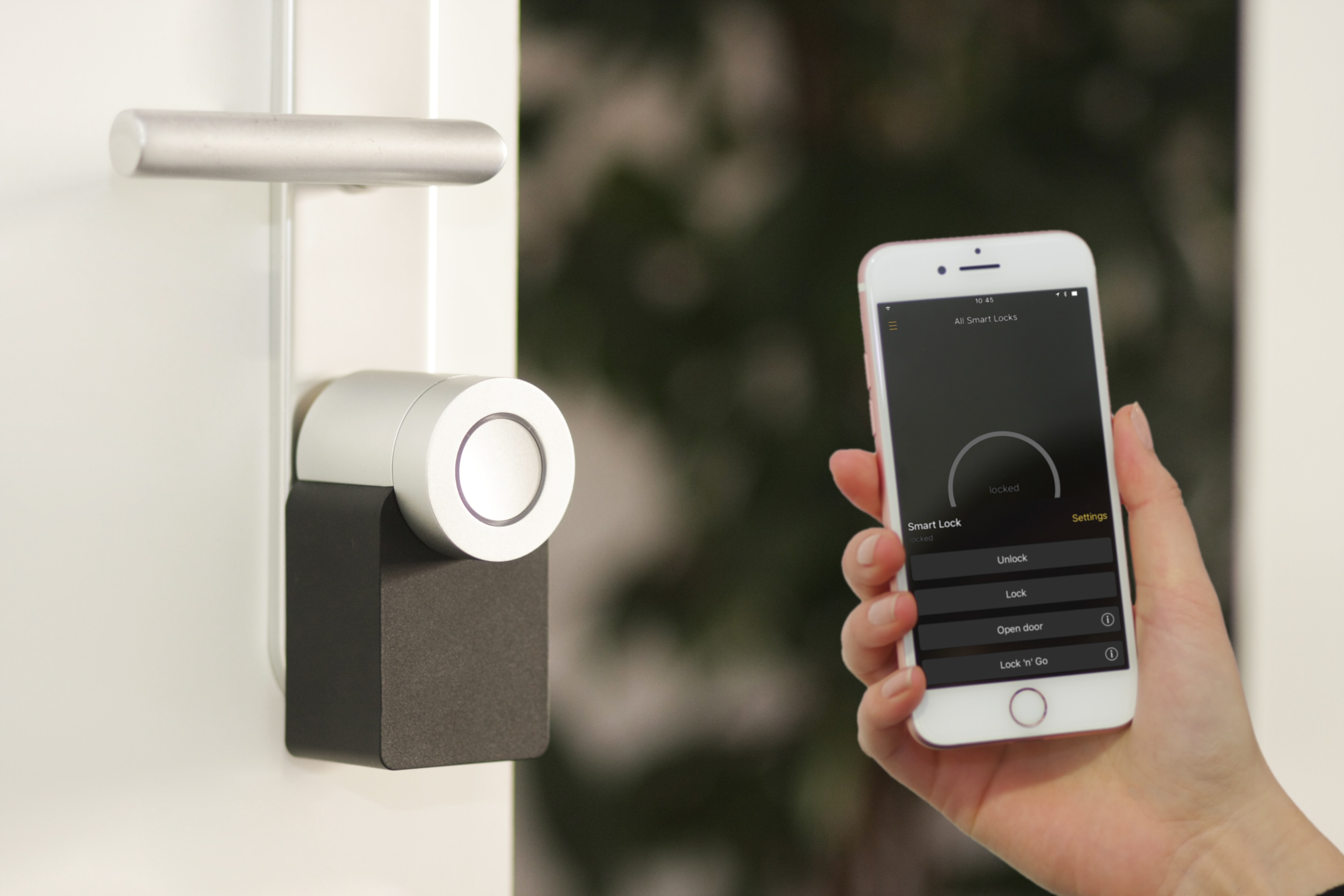
With technology it’s getting easier and easier to control *all the things* from our smartphones or with just our voice! From door locks, to lighting and thermostats, it’s crazy to realize how just about every element of our homes can be controlled from anywhere in the world. This can be as simple as being able to turn on a light in a room without getting up, or as advanced as systems that learn your at-home habits and turns lights on in advance of you. There are even updates on old systems like wall technology that alerts loved ones you’ve taken a fall without having to wear a push button. As you choose systems that might enhance your life and make it easier to age in place, make sure the company or system offers their apps for larger devices as well so there’s no worry if your vision needs change.
An easy update you can do right now: The Worst part about laying down in bed after a long day is realizing that you forgot to turn the living room lamps off. Get a “smart plug” and you can control devices plugged into it with your phone. Already have Google or Alexa? Both of those operating systems can be configured with a voice-activated command as well!
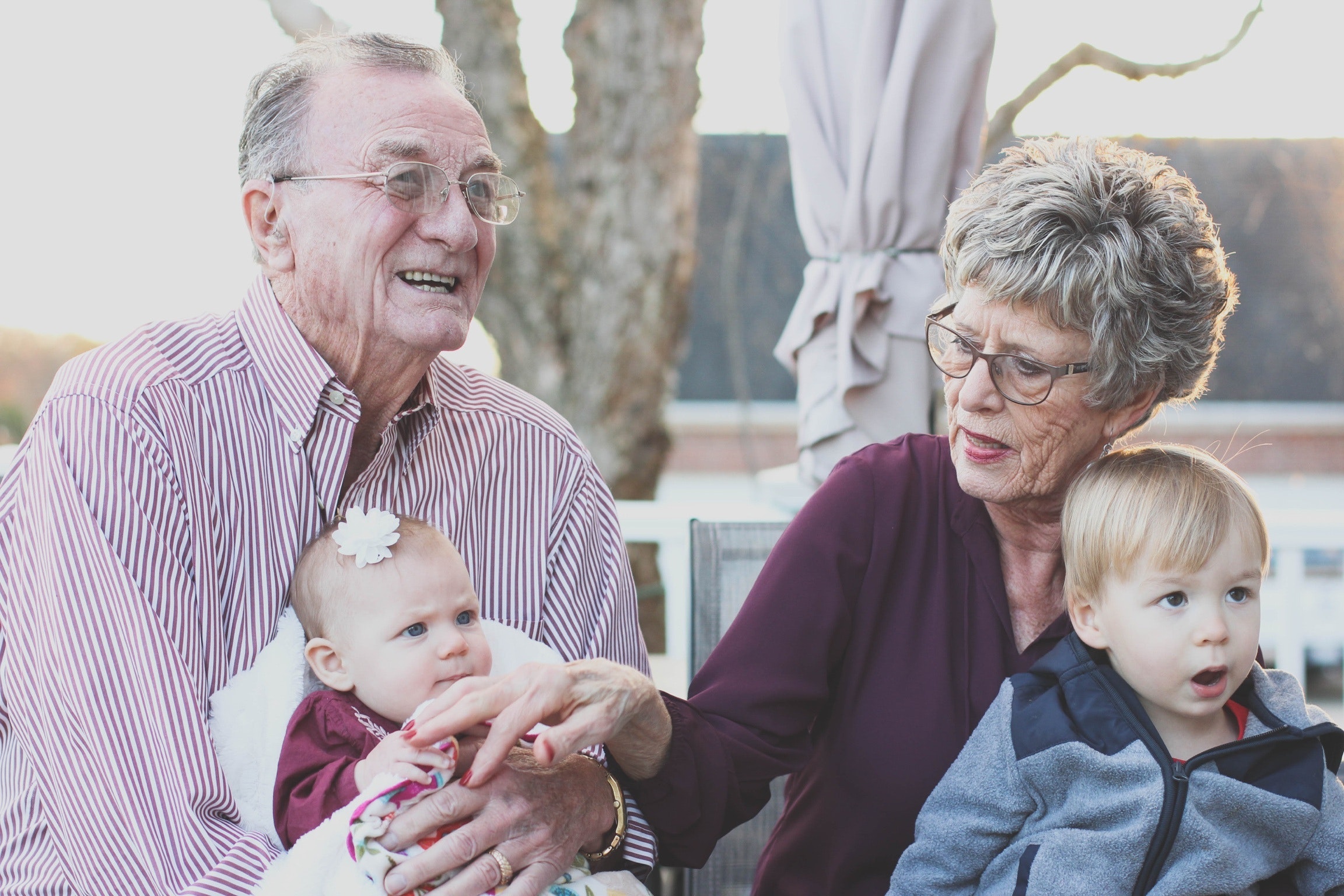
If you’re not yet thinking about aging in place for yourself, you may be asking ”what can I do to make my home more accessible for my parents or grandparents when they visit?” Great question! Here are three easy things you can do to enhance a visit for your aging or less-mobile guests:
1. Keep your place as tidy and clutter-free as possible. If you have a kitchen runner or entry rug
that might be a trip-hazard for someone who shuffles their feet, think about removing it or replacing it with a sturdy, non-trip/non-slip version during their stay.
2. If you’re someone who hates overhead lighting and only uses lamps (like me 🙋♀️! ), recognize that safety is more important and you should use all light available to you when having older guests over.
3. Lastly, and *most importantly* ask your parent or grandparent what would be most helpful for them? Often we assume where people are in their lives and don’t give them a chance to tell us their perspective. They may not be excited to have that conversation, but at the very least, you’re showing your willingness to adjust and that can make all the difference.
There’s so much more to share when it comes to design for aging in place (we’re only scratching the surface here!), but this should serve as a good starting point when thinking about your own aging in place plans. It’s not easy to think about our mobility and independence being in jeopardy, but it’s also never too early to start the planning process. Not only will you feel more prepared, but you just might have some fun along the way since you’ve freed your mind of the initial worry. Want help implementing these tips (and more!) through a virtual session? Schedule a Design Helpline to talk with a pro! 🙂
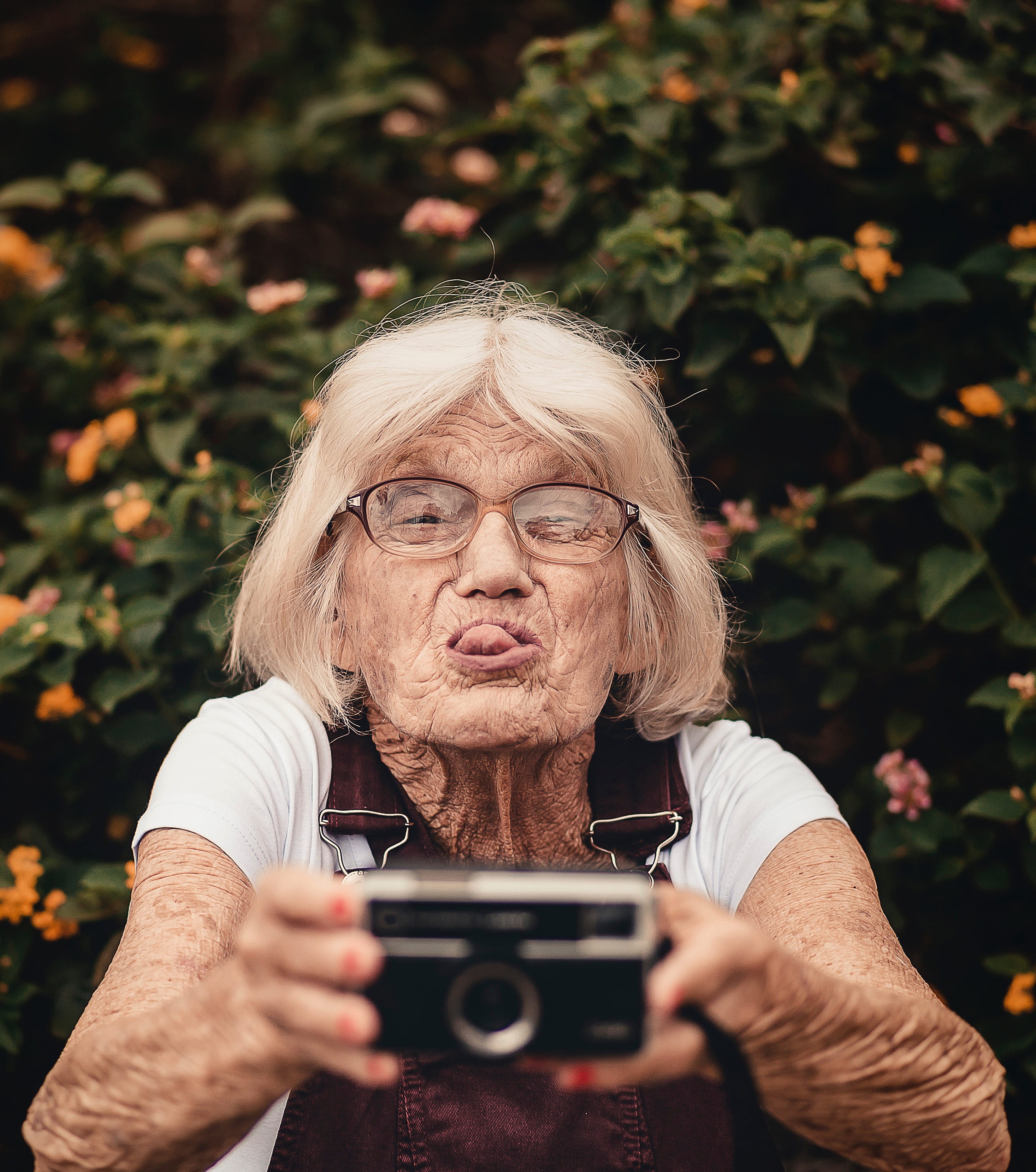
May your home always be happy (at whatever age you are!)

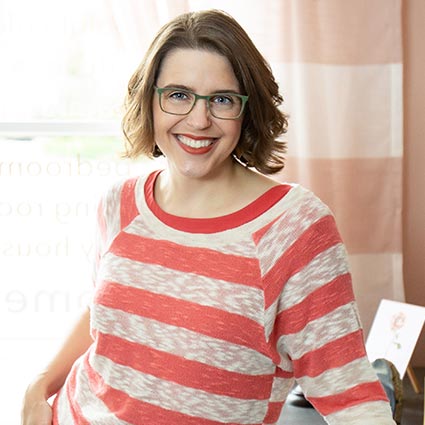
HI, I'M REBECCA WEST!
I’m an interior designer, author, podcaster, speaker, and coach to other designers. (Whew!) But I’m not your classic interior designer because, frankly, I don’t care if you buy a new sofa. I do care if your home supports your goals and feels like “you.” Remember, happy starts at home!
More From Seriously Happy Homes
Are you ready for a seriously happy home?
(Cue the confetti!)

Eager to get happy at home right now?

